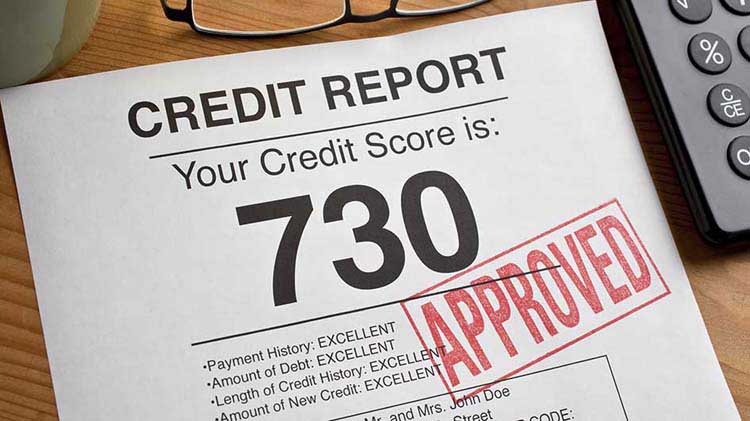How does 401k matching work?
If you work for an organization that offers a 401k or retirement savings match, don't pass it up.
The best type of money is free money, are we right? It's worth doing some due diligence to find benefits and free money that could be available to you from the organization you work for.
How does employer 401k matching work?
Organizations and companies often offer employees free money through a company match in your workplace 401k retirement plan. With many plans, a portion of the amount you contribute may be matched by your employer.
Employers do not have to contribute to the 401k plans that they offer, but many do. Some choose to contribute a flat amount of money for all eligible employees, some contribute a percentage of the eligible employees' compensation and others match the eligible employees' contribution based upon an established formula.
Understanding your plan can be helpful as some employers match a dollar amount or percentage (also referred to as partial matching) and have a 401k matching limit amount based on your contributions.
In order to benefit from an employer match, you typically have to elect to participate and make salary contributions to the plan. Employees can elect to make contributions from their paycheck in one of two ways: before paying federal income taxes or after-tax as a Designated Roth Contribution (if elected by the company). In some instances, a company may decide to do a non-matching contribution. This means an employer may contribute to your 401k even if you don’t contribute, for example after they have had a very profitable year.
Consider contributing enough to your employer's 401k plan to get a company match, if your employer offers it. We aren't exaggerating when we say you'll probably need over a million dollars in retirement savings by the time you retire. However, saving that amount is more doable than it sounds, especially when you start saving early and take advantage of matching contributions made by your employer. For a goal as important as retirement planning, this can be a big win in helping reach your target.
Contribution maximums
Keep in mind; you can only contribute up to the maximum contribution limit, provided by the IRS. The IRS may adjust the limits on an annual basis.
401k matching example
Imagine you make $40,000 annually, and your company matches ½ of your 401k contributions up to 3% of your annual salary.
If you put in 6% of your salary (or $2,400) the company would put in 3% (or $1,200). But if you put in less than 6%, you'd still only get ½ of your contributions matched (even if it's less than 3%). So, if you put in 4% (or $1,600), the company only puts in 2% (or $800) — and you miss out on $400 of free money.
Employer 401k match
- Partial matching – part of the money you put into your 401k will be matched up to a certain dollar amount by your employer.
- 100% matching (full match) – your employer will provide a dollar-for-dollar match up to a certain amount.
Additional 401k information
- Check with your company to see if the 401k plan has an employer matching contribution. Not every company has a retirement plan, and some don't have a match. Ask your HR department or review the Summary Plan Description (SPD) for the 401k plan to find out what you do and don't have.
- Check for any vesting policies. It is common for companies to require you to be employed with them for a certain timeframe before you get to keep the entire company match if you leave. The average timeframe or number of years is five in order to be fully vested. Don't worry, whatever you contribute is still yours no matter how long you stay with a company.
- Check your contributions. If you do have a match, check your current contributions. What are you putting in today? If you aren't getting the full match, try to increase your contributions until you do. If you can't get all the way there at once, make a plan to get there over time (increasing contributions 1% every 6 months for example).
- Pre-tax contributions. Remember, the amount you add to your 401k is not taxed, so if you want to add $500, you are deducting $500 from your wages without taxes being removed. Taxes are taken upon withdrawal, typically when you are retired and in a lower tax bracket.
- Contribution limits. For 2025, the maximum amount that employees under 50 can contribute is $23,500. Individuals 50 – 59 and 64 may contribute an additional $7,500 for a total of $31,000. Under the SECURE 2.0 Act, individuals 60, 61, 62 or 63, may contribute an additional $11,250 to the traditional $23,500 for a total of $34,750. The employer can also make additional contributions for all eligible employees. Any investment earnings within the plan grow tax-deferred until the funds are withdrawn in retirement.
- Withdrawals. Usually, employees are not allowed to withdraw funds until they leave the company. When that happens, the employee can generally roll the funds into a Traditional IRA without paying taxes. If the employee decides to withdraw the money and receive the funds directly, then income taxes on the contributions and earnings will generally have to be paid along with a 10% penalty tax if the employee is under age 55.
- Loans. Some employers allow employees to take loans against the funds in their 401k plans and may also allow for withdrawals for hardship circumstances. If you are eligible to participate in your employer's 401k plan, consult the Summary Plan Description (SPD) for details on the plan's provisions and benefits.
What now?
A company match on retirement savings can be one of the best investments you can make (it gets you access to free money after all). If you do get that match, check your account a few years from now; you might be surprised by how much progress you've been able to make toward retirement, even if you're saving a small amount.
And now that we’ve shared the basics on 401k matching, you may want to read about pros and cons of a 401k rollover or an overview of retirement accounts.




